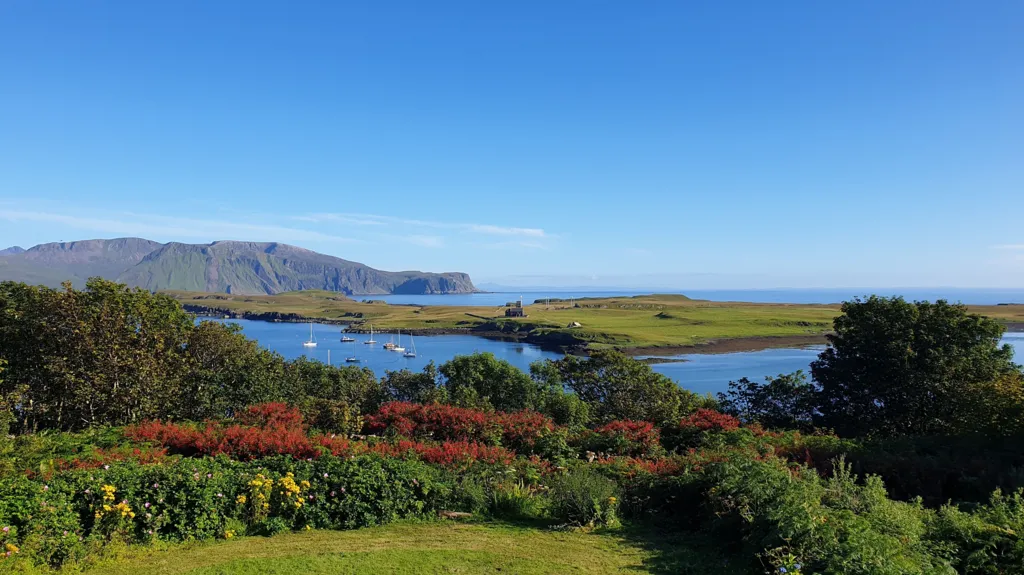The population of the corncrake, one of Scotland’s rarest birds, has shown a “promising” increase on the Isle of Canna, according to the National Trust for Scotland (NTS). A recent survey conducted on the small island in the Inner Hebrides revealed the presence of 12 to 14 calling males, a significant rise compared to the previous seasons when only one or two were reported.
Corncrakes have faced serious population declines primarily due to intensive agricultural practices that disrupt their natural habitats. They are one of 26 priority species identified by the trust for conservation efforts. The NTS has noted that the current “buoyant” population of corncrakes can largely be attributed to the implementation of new farming practices that support wildlife conservation while still allowing for the production of high-quality livestock.

NTS ranger Tom Allen highlighted Canna Farm as an exemplary model of how to balance agricultural production with wildlife protection, stating, “Canna farm is a great example of prioritising both the production of high-quality livestock and creating a haven for wildlife and achieving success in both.” He expressed optimism about the corncrake’s success on their farmland, suggesting it may indicate a positive shift in their conservation efforts.
Corncrakes migrate from Africa to breed on various islands, including Lewis, Harris, Mull, Orkney, and parts of the north-west Highland coast and Argyll. Their presence is typically monitored through the distinct calls of the males during the breeding season. On the Isle of Canna, there are five designated areas of farmland specifically set up to support corncrake populations.
The NTS has set an ambitious goal to increase the corncrake population to 50 calling males, which would represent approximately 6% of the current UK population. Their Plan for Nature outlines six key habitats and the 26 species they prioritize for conservation, emphasizing a strategic approach to protecting Scotland’s biodiversity.
Angus Murray, the operations manager for Canna, underscored the importance of tailored farming methods in achieving conservation success. He stated, “We care for 76,000 hectares of countryside in Scotland and with our Plan for Nature, we have a clear focus on where to concentrate our efforts.” This commitment to conservation not only benefits the corncrake but also contributes to the overall health of the ecosystem on the Isle of Canna.
